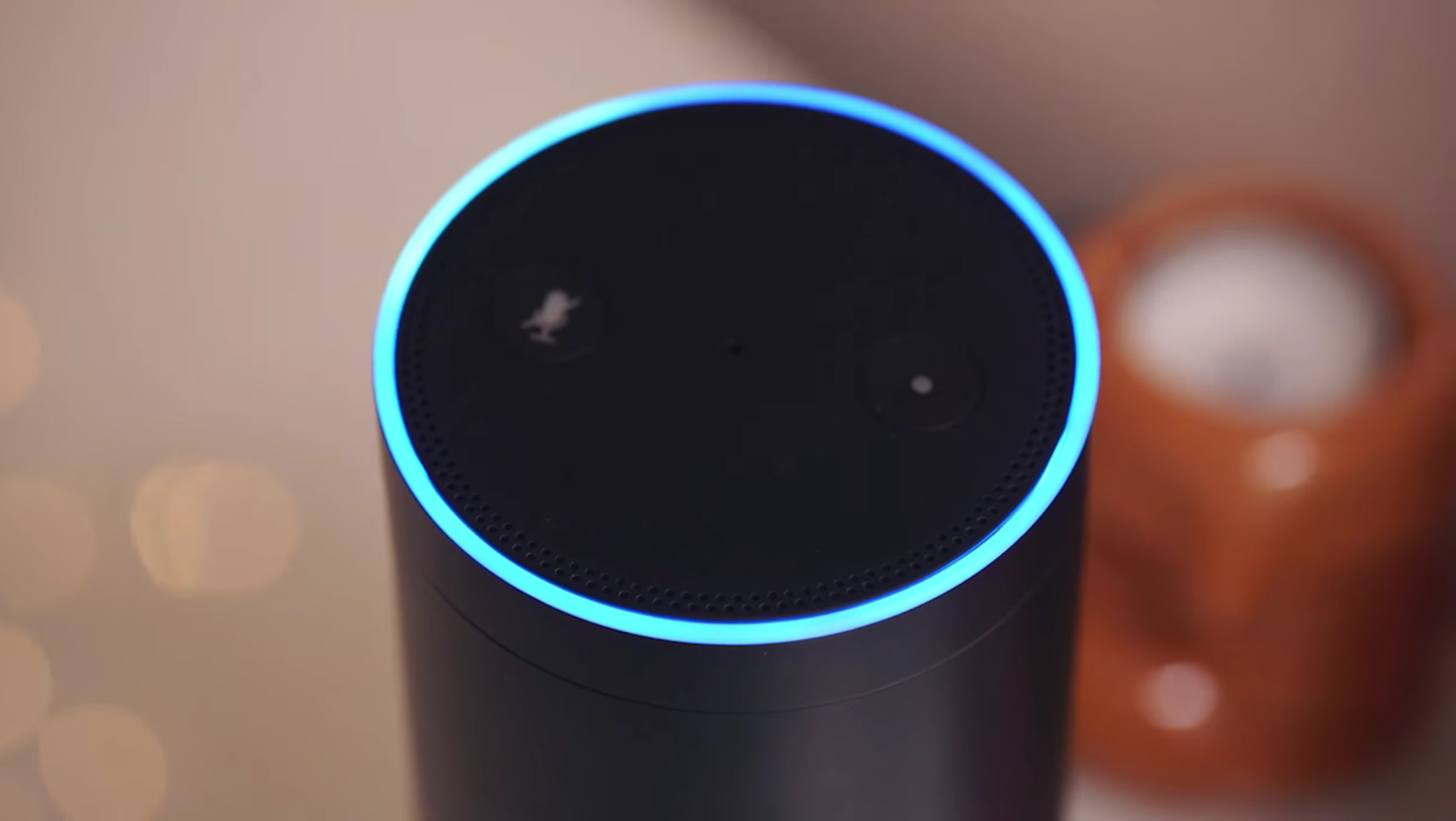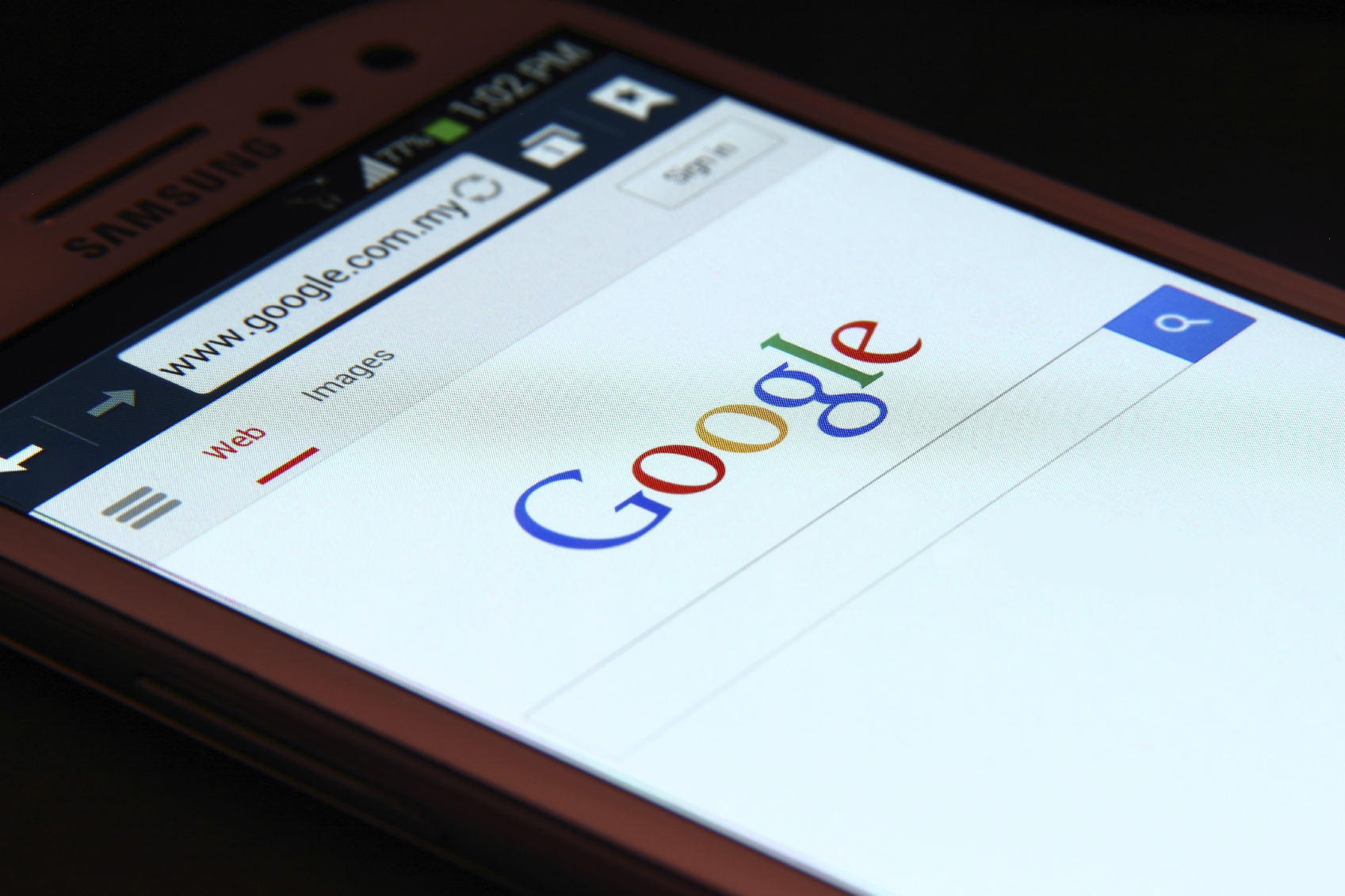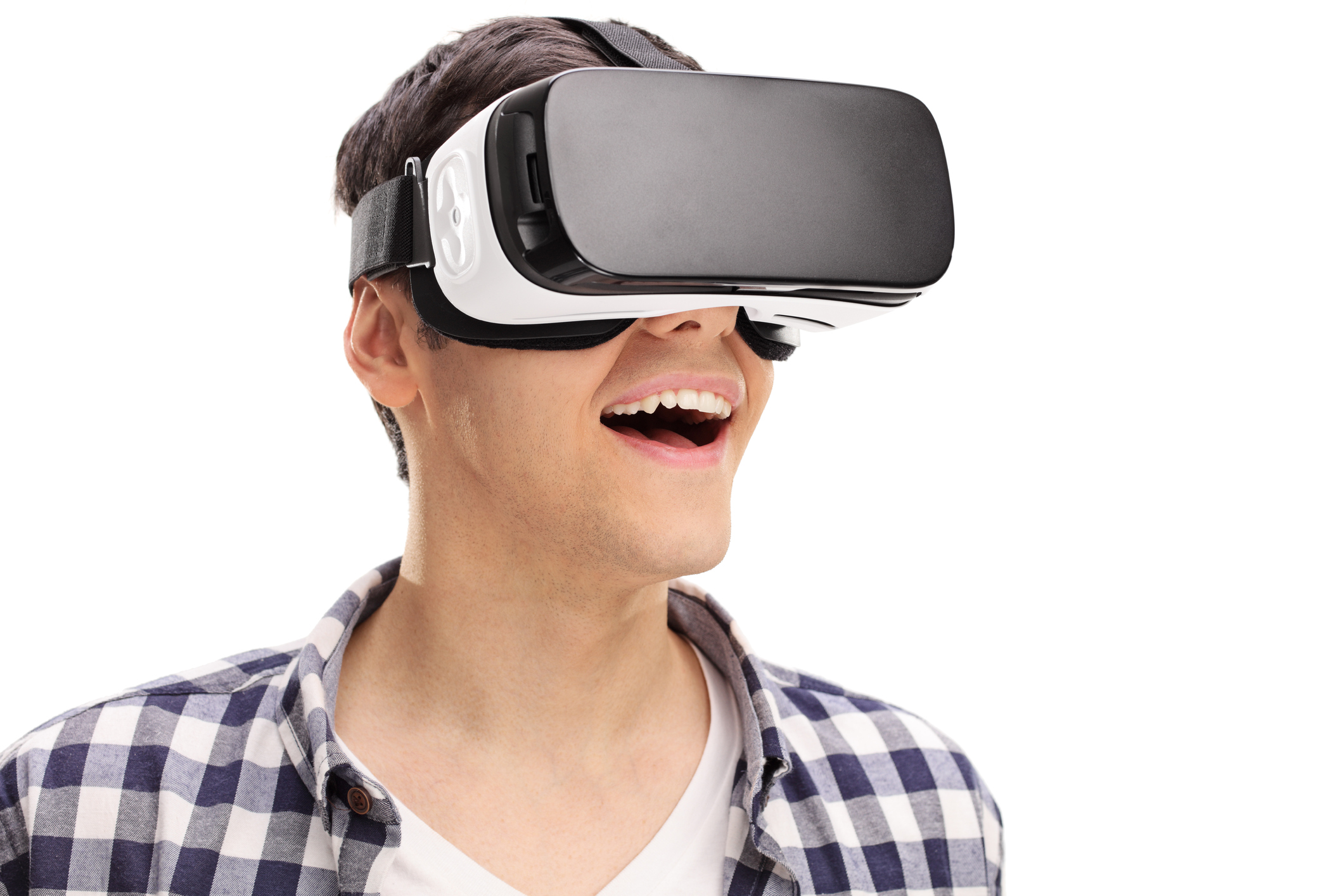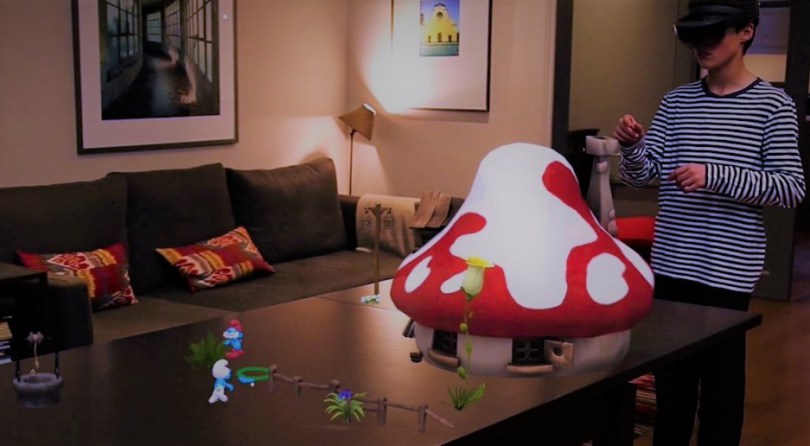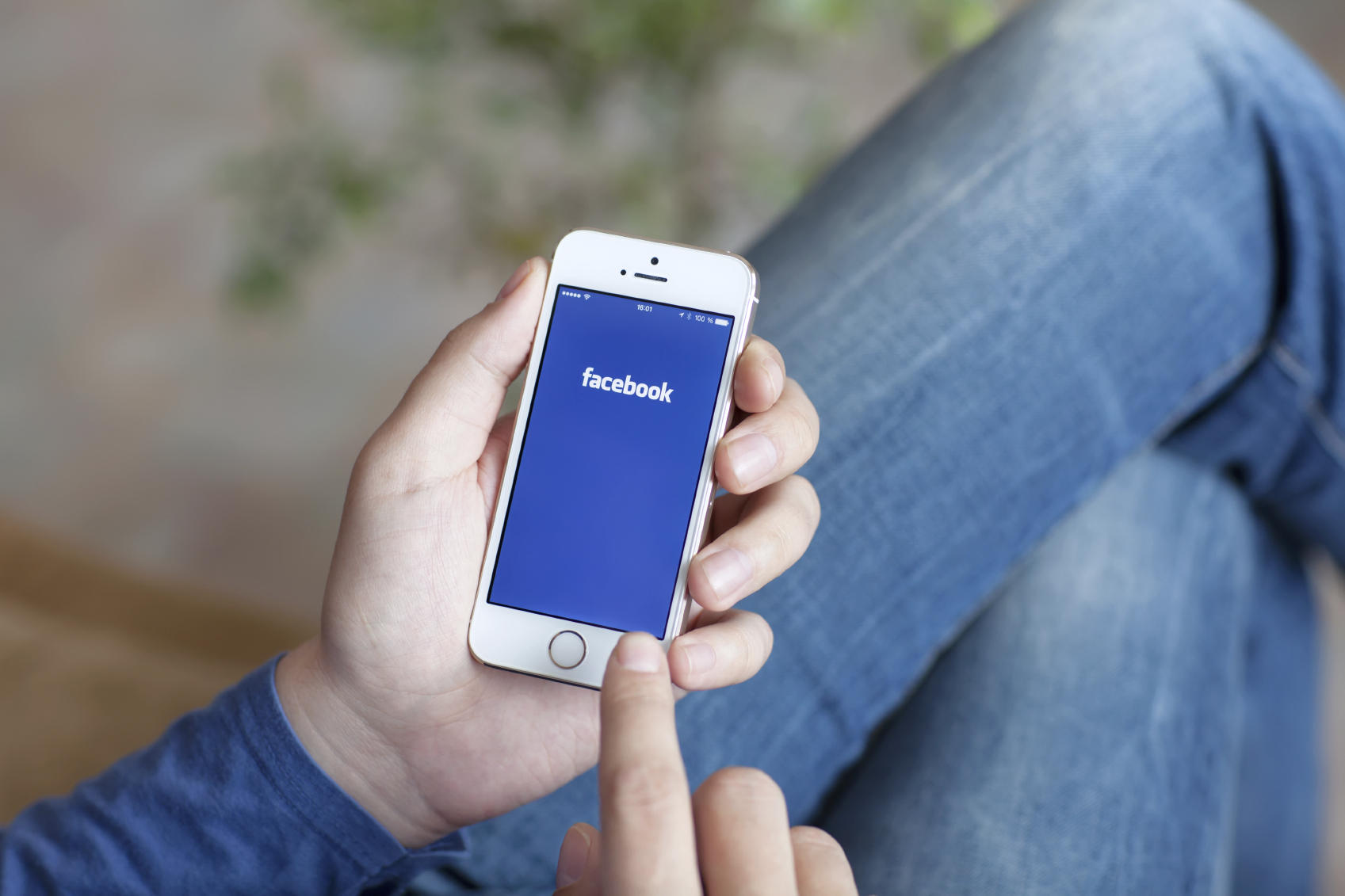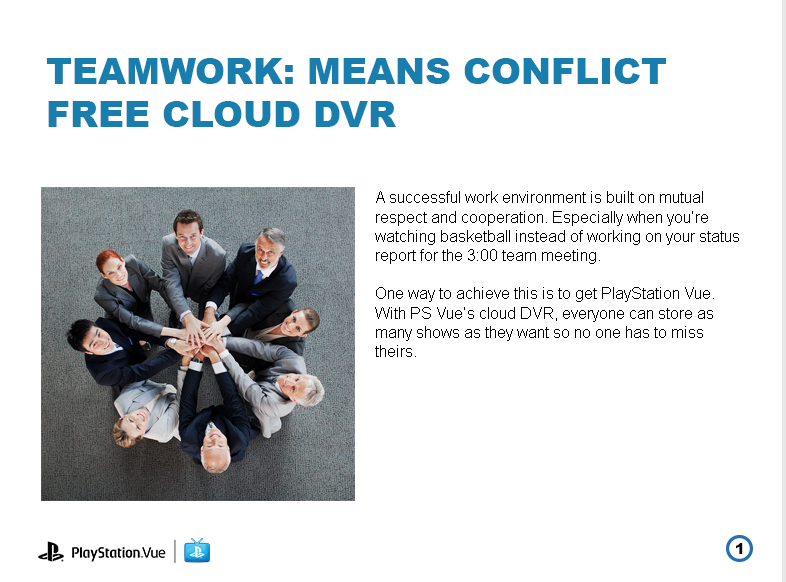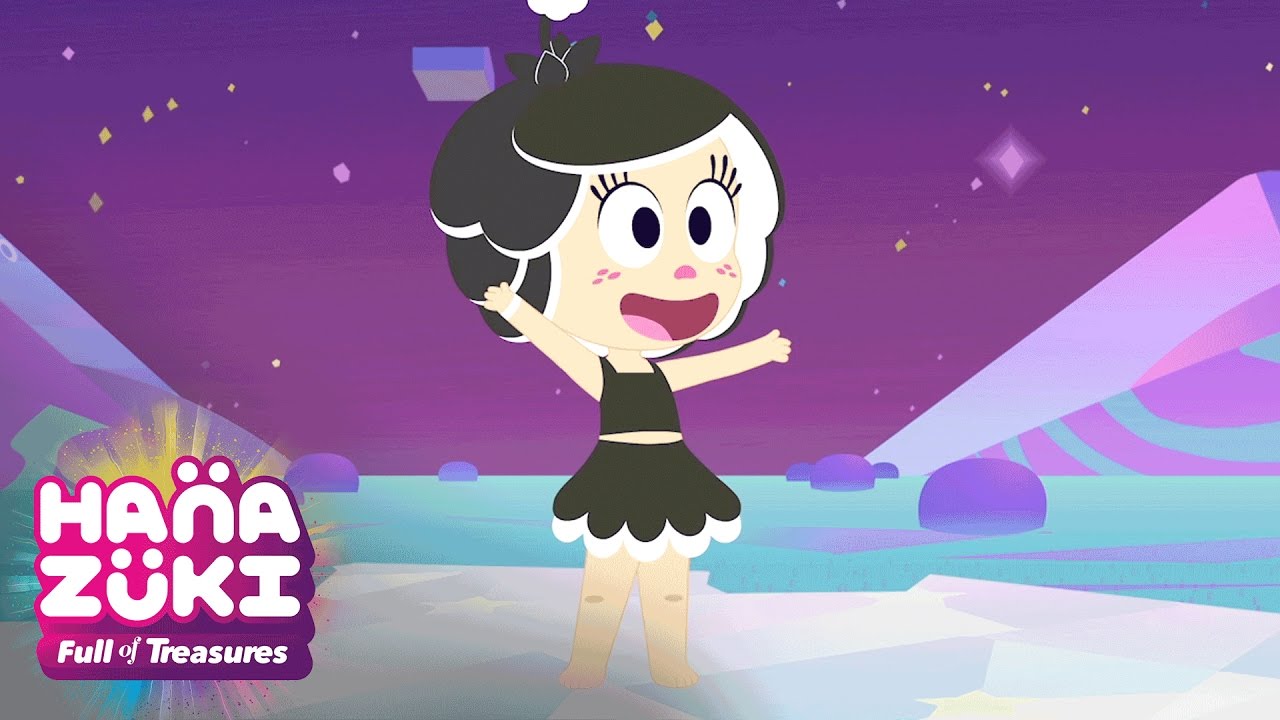What Happened
On Thursday, Amazon introduced a Video Skill API to its Alexa Skills Kit to allow developers to create Alexa skills that are integrated directly with Alexa’s video capabilities. This means that Alexa users can easily find and consume video content without invoking a specific skill. Through this new API, Alexa is aware of the video devices and services your customer has or subscribes to. While most Alexa-enabled devices are screenless speakers, Alexa does support devices like the Fire TV lineup and new Echo Show that are capable of displaying videos.
What Brands Need To Do
Brands can make good use of this new API to better integrate their video content with Alexa, making it easier for your existing customers to engage with your video content in their home. For brands with an established roster of video content, this is a great way to boost content discovery for existing fans. Entertainment brands in particular should integrate with this API when developing a voice experience for Alexa to make sure their content is easily accessible for users.
How We Can Help
The Lab has extensive experience in building Alexa Skills and chatbots to reach consumers on conversational interfaces. So much so that we’ve built a dedicated conversational practice called Dialogue. The “Miller Time” Alexa Skill we developed with Drizly for Miller Lite is a good example of how Dialogue can help brands build a conversational customer experience, supercharged by our stack of technology partners with best-in-class solutions and an insights engine that extracts business intelligence from conversational data.
If you’d like to learn more about how to effectively reach consumers on conversational interfaces, or to leverage the Lab’s expertise to take on related client opportunities within the IPG Mediabrands, please contact our Client Services Director Samantha Barrett ([email protected]) to schedule a visit to the Lab.
Source: Amazon Alexa Developer Blog
